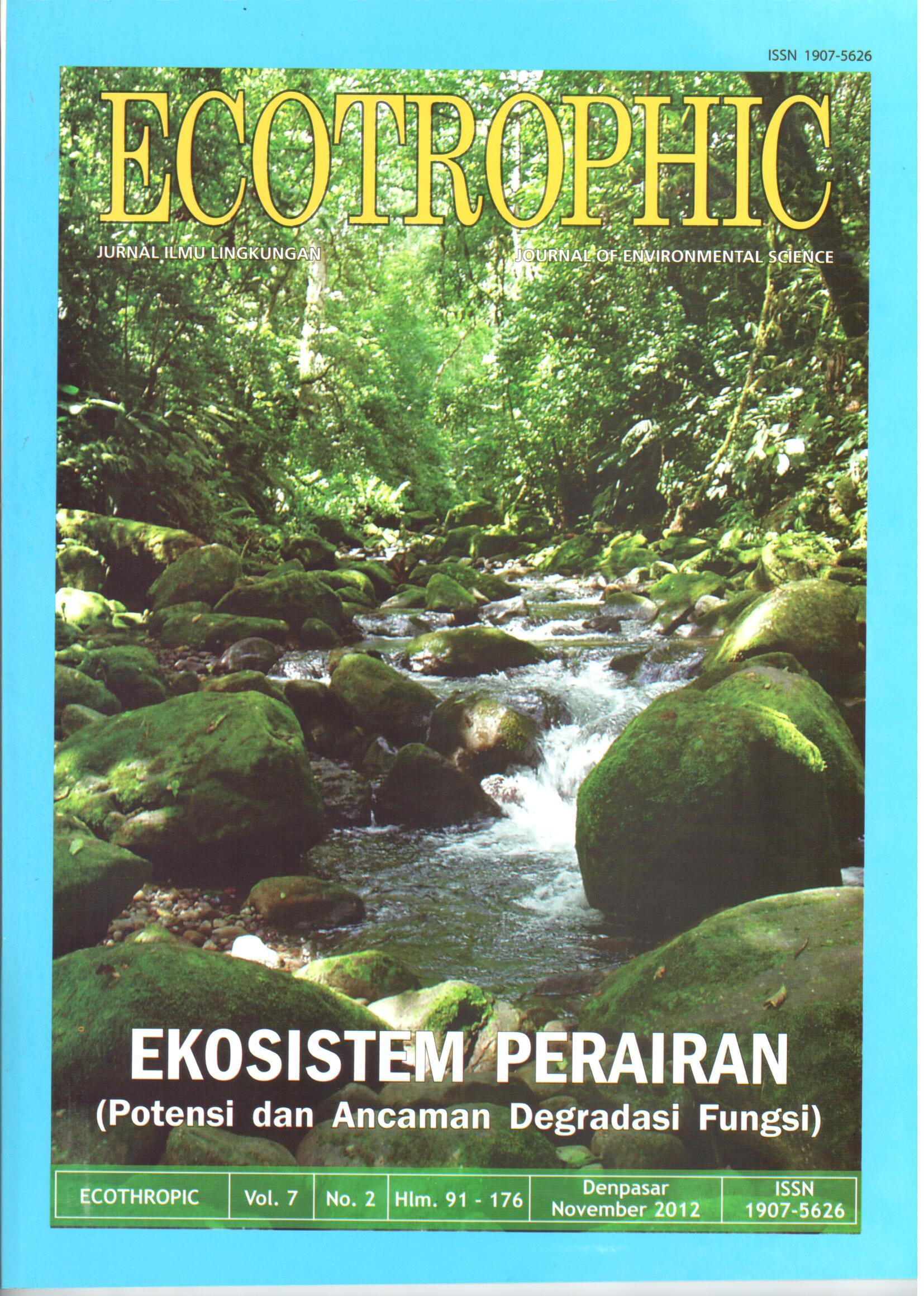OIL SPILL DETECTION USING MODIS DATA (CASE STUDY: OIL POLLUTION AT TIMOR SEA)
Abstract
On August 21, 2009 an offshore oil rigs located in Block West Australia territorial was exploded. About 500.000 liters/day of crude oil was spill out to the Timar Sea. To detect the oil spreading, this study used MODIS satellite data from 21 August 2009 until 15 March 2011. Besides that, data of wind speed and wind direction, coordinate of pollutant point sources, and Exclusive Economic Zone (EEZ) line are also used to know the covering area of the oil was entered into Indonesian territorial. The oil was classified by visual interpretation methods, these are: dark spot detection, feature extraction and classification. As the result, oil spill covered area increased since August to September 2009. Oil spill on the sea surface then decreased drastically until November 2009. This was due to dispersant spraying which made the oil settled down. But, when a tropical cyclone occurred in December 2009 and January 2010, the settled oil appear again in sea surface but it spread out in various location. This study shows that MODIS data can be used to monitor spreading of oil spill since no cloud cover. The maximum oil covered area was occurred on 24 September 2009 about 7,996-40 km2Downloads
Download data is not yet available.
Published
2011-11-01
How to Cite
PUTRA, A.A. GEDE; OSAWA, Takahiro; MAHENDRA, M.S..
OIL SPILL DETECTION USING MODIS DATA (CASE STUDY: OIL POLLUTION AT TIMOR SEA).
ECOTROPHIC : Jurnal Ilmu Lingkungan (Journal of Environmental Science), [S.l.], v. 6, n. 2, p. 102 - 106, nov. 2011.
ISSN 2503-3395.
Available at: <https://ojs.unud.ac.id/index.php/ecotrophic/article/view/13359>. Date accessed: 28 dec. 2025.
Issue
Section
Articles
Keywords
oil spill, MODIS satellite image, Timor Sea, EEZ (Exclusive Economic Zone)


